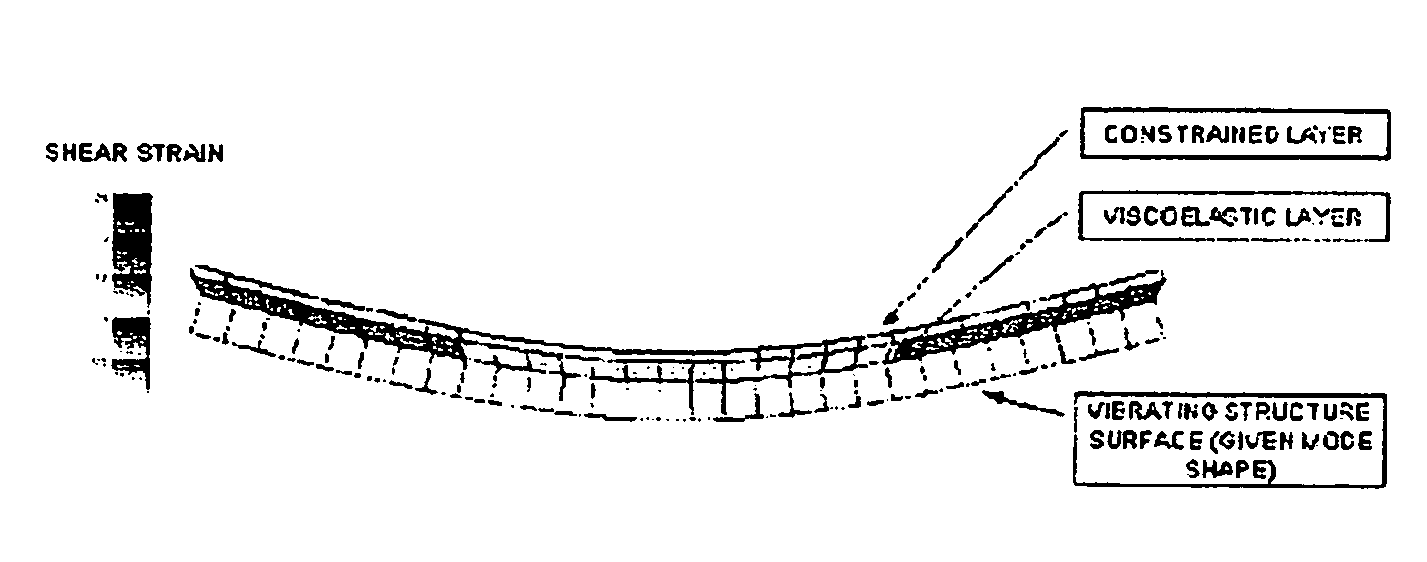Damping material, damping arrangement and method for designing a damping arrangement
a technology of damping arrangement and damping material, which is applied in the direction of reaction engines, mechanical equipment, machines/engines, etc., can solve the problems of large structure surfaces of wind turbines that vibrate and radiate noise, and the noise of tonal noise is undesirable, so as to achieve considerable tonal noise reduction, weight and cost, and optimize the effect of layou
- Summary
- Abstract
- Description
- Claims
- Application Information
AI Technical Summary
Benefits of technology
Problems solved by technology
Method used
Image
Examples
Embodiment Construction
[0038]Reference will now be made in detail to the various embodiments of the invention, one or more examples of which are illustrated in the figures. Each example is provided by way of explanation of the invention, and is not meant as a limitation of the invention. For example, features illustrated or described as part of one embodiment can be used on or in conjunction with other embodiments to yield yet a further embodiment. It is intended that the present invention includes such modifications and variations.
[0039]Damping of acoustically radiating modes can be achieved by a laminate material as it is shown in FIG. 1. Therein, a laminate material is adhered to a vibrating surface of a structure. The laminate material comprises a viscoelastic layer and a stiff constrained layer. Typically, the viscoelastic layer is formed of an elastomer based material and has a shear modulus of 105 N / m2 to 106 N / m2. In general, all elastomers having sufficient tensile and shear modulus can be used f...
PUM
| Property | Measurement | Unit |
|---|---|---|
| thickness | aaaaa | aaaaa |
| thickness | aaaaa | aaaaa |
| thickness | aaaaa | aaaaa |
Abstract
Description
Claims
Application Information
 Login to View More
Login to View More - R&D
- Intellectual Property
- Life Sciences
- Materials
- Tech Scout
- Unparalleled Data Quality
- Higher Quality Content
- 60% Fewer Hallucinations
Browse by: Latest US Patents, China's latest patents, Technical Efficacy Thesaurus, Application Domain, Technology Topic, Popular Technical Reports.
© 2025 PatSnap. All rights reserved.Legal|Privacy policy|Modern Slavery Act Transparency Statement|Sitemap|About US| Contact US: help@patsnap.com



